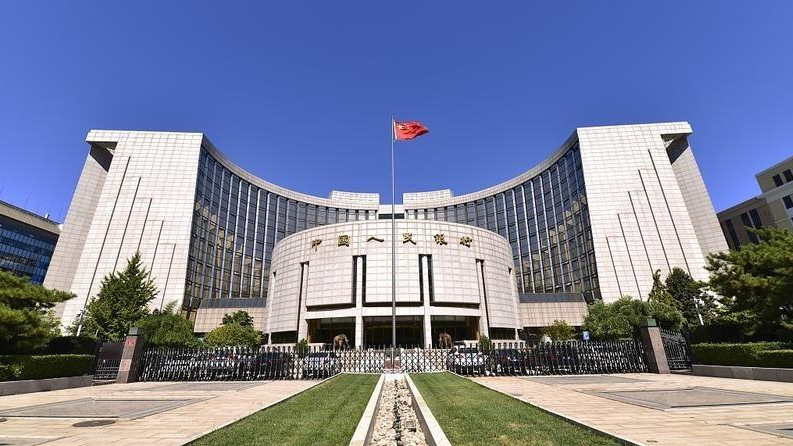
BEIJING — China's one-year loan prime rate (LPR), a market-based benchmark lending rate, came in at 3.35 percent Friday, unchanged from the previous month.
The over-five-year LPR, on which many lenders base their mortgage rates, also remained unchanged from the previous reading of 3.85 percent, according to the National Interbank Funding Center.
The monthly-released data serves as a pricing reference rate for banks and is based on rates of the People's Bank of China (PBOC)'s open market operations.
READ MORE: PBOC: China has ample policy space to handle challenges
On July 22, the central bank lowered the interest rate on seven-day reverse repos, a key short-term policy rate, from 1.8 percent to 1.7 percent. On the same day, one-year and over-five-year LPRs both fell by 10 basis points.
China's central bank has continued to promote a steady decline in society's comprehensive financing costs, PBOC official Zou Lan told a press conference earlier this month.
One-year and over-five-year LPRs decreased 0.1 basis points and 0.35 basis points respectively from the start of 2024, driving down the average lending rates at banks. However, due to factors such as the narrowed net interest margin of banks, further reduction in deposit and lending rates would face constraints, Zou said.
READ MORE: China's lowered lending rates to bolster economic recovery
In response, the central bank will closely observe the effect of its policies and properly control the intensity and pace of monetary policy control based on economic recovery, progress made and the specific challenges facing macroeconomic operations.
Ming Ming, chief economist at CITIC Securities, saw possibilities of China making reserve requirement ratio and interest rate cuts before the end of this year, particularly considering the likelihood of continuous interest rate cuts by the Federal Reserve and a steady appreciation of the RMB exchange rate.
Other policies such as treasury bond borrowing operations conducted by the PBOC with primary dealers in the open market and cutting interest rates on existing mortgage loans could also play a positive role in supporting the real economy, Ming said.


